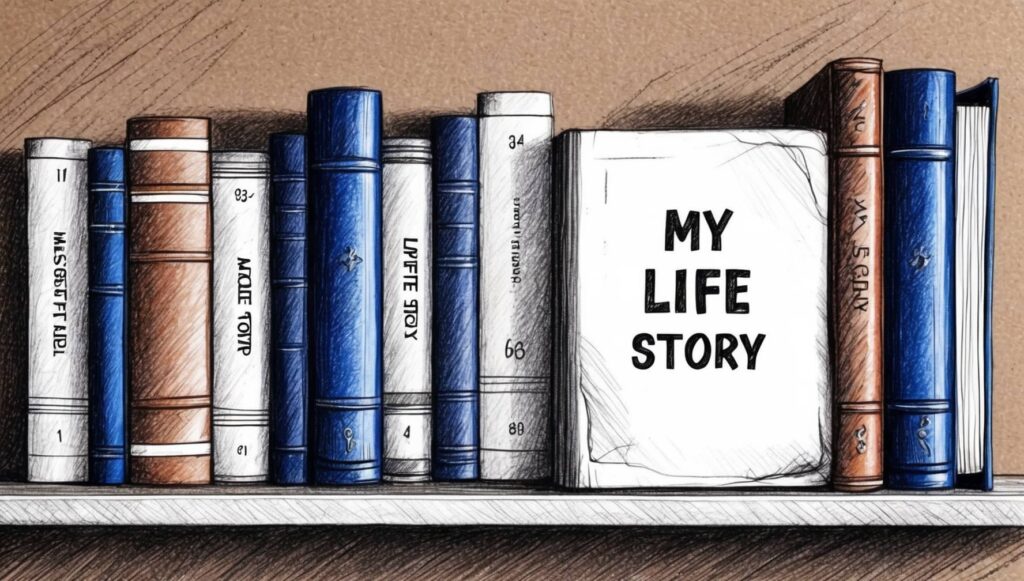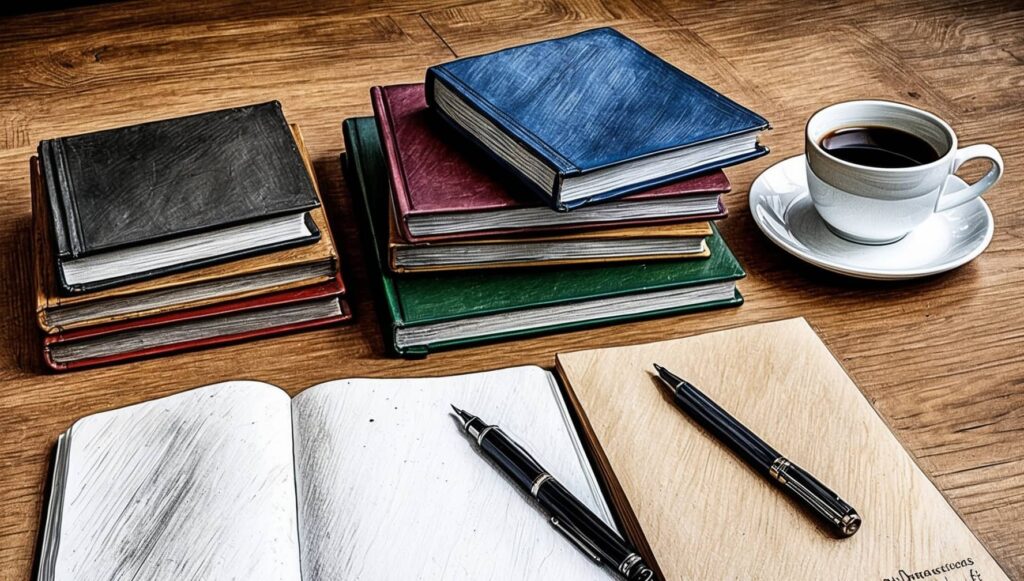Writing your life story is an incredibly rewarding journey, but it can also feel daunting at first. How do you capture all the important moments, people, and experiences in a way that’s both authentic and engaging? The key lies in research—gathering the facts, details, and context that will make your biography come alive.
With a few simple steps and techniques, you can gather the information you need to write a meaningful and compelling story. Let’s explore how to research for your biography in a way that feels natural and manageable.
1. Start with Your Own Memory
Your memory is the foundation of your biography. Begin by jotting down everything you can remember about your life:
- Important milestones (birthdays, graduations, weddings, etc.).
- Memorable moments (a big achievement, a life-changing decision, a funny story).
- Places you’ve lived and visited.
- People who have influenced you.
Don’t worry about organizing everything perfectly right away. Think of this step as gathering puzzle pieces—you’ll fit them together later.
2. Use Questions to Spark Ideas
Sometimes it’s hard to know where to start. Answering thoughtful questions can help you remember details you might otherwise overlook.
For example:
- What’s your earliest memory?
- Who were your closest friends as a child?
- What challenges have shaped who you are today?
If you’re looking for inspiration, check out our 100 Questions to Jump-Start Your Biography. These questions can help you explore different parts of your life and uncover stories worth telling.
3. Talk to Family and Friends
The people in your life often hold memories and perspectives that you might not recall yourself. Reach out to family and close friends to ask for their input.
Some tips for these conversations:
- Be specific: Instead of asking, “What do you remember about me?” try asking, “Do you remember the family vacations we took when I was a kid?”
- Record the conversation: Use your phone or a small recorder (with permission) so you can focus on listening instead of taking notes.
- Ask for stories: People love sharing anecdotes, and their stories can add depth and color to your memoir.
4. Dig into Old Photos and Keepsakes
Photographs, letters, and keepsakes are powerful tools for sparking memories and adding authenticity to your story.
Here’s how to use them effectively:
- Browse through old photo albums: Take note of the people, places, and occasions in each picture.
- Read old letters or journals: They can remind you of thoughts, feelings, or events you might have forgotten.
- Include mementos in your memoir: If you’re adding photos or scans, write captions or stories to explain their significance.
5. Research the Context of Your Life
Your biography isn’t just about your personal experiences—it’s also about the time and place in which you lived. Researching historical, cultural, or societal details can help your readers better understand your story.
Here are some examples:
- If you grew up during the 1950s, what was life like in your hometown during that era?
- Did a historical event (like the moon landing or a war) impact your life?
- How did cultural changes (like the rise of the internet or the Civil Rights Movement) shape your worldview?
Use books, documentaries, and online resources to add context to your story. Libraries are also a great source of local history.
6. Look at Public Records and Documents
If you want to add more factual accuracy to your memoir, consider checking public records. These might include:
- Birth and marriage certificates: To verify dates and details.
- Yearbooks or school records: To jog your memory about your education and peers.
- Newspapers: To see if events from your life were covered locally.
Online genealogy platforms like Ancestry.com can also help you discover details about your family history.
7. Interview Yourself
Set aside time to “interview” yourself as if you were a subject for a biography. Pretend you’re answering questions for a journalist or historian. You’ll be surprised how much detail you can uncover by talking out loud.
Record your answers or write them down. This process can help you explore feelings, motivations, and insights that might not surface otherwise.
8. Focus on Authentic Details
The little details are what make your story feel real and relatable. For example:
- Instead of saying, “We moved a lot when I was a kid,” describe one specific move: “I remember the first night in our new house on Elm Street. The floors creaked, and the house smelled of fresh paint and sawdust.”
- Rather than saying, “I worked hard at my job,” share a vivid moment: “I stayed late one night to finish a big project, and my boss brought me coffee as a thank-you.”
These small, authentic details will make your memoir more engaging.
9. Organize Your Research
Once you’ve gathered memories, stories, and details, you’ll want to organize them. Here are a few methods:
- Create a timeline: List key events in chronological order to keep your story structured.
- Group by themes: For example, childhood, career, family, and personal growth.
- Use a notebook or digital tool: Keep everything in one place so you can refer back to it as you write.
10. Take Your Time
Writing a biography is a journey, not a race. Allow yourself the time to reflect, research, and write at your own pace. The more you invest in the process, the more rewarding the final result will be.
Getting Started
Ready to dive in? Start with our 100 Questions to Jump-Start Your Biography and begin uncovering the stories that shaped your life. Remember, your story is worth telling—and there’s no better time to start than now.







